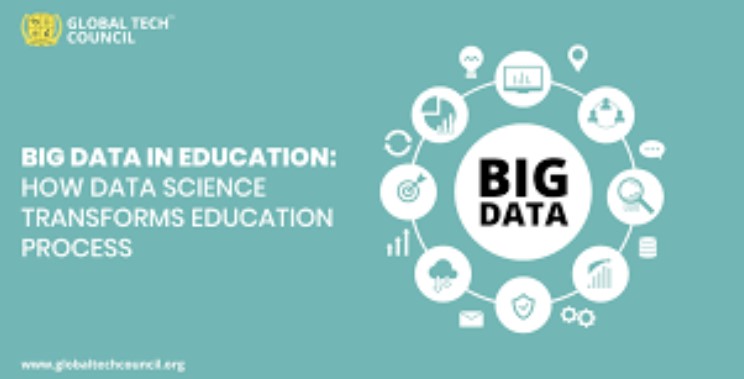Big data is transforming the education industry, providing educators with unprecedented insights into student learning and behavior. In this article, we will explore how big data is changing the way we teach and learn, and the benefits it provides for educators and students.
Introduction: The Role of Big Data in Education
Big data refers to the massive volumes of data generated by education systems, including student performance data, online learning platforms, and social media. By analyzing this data using advanced analytics tools, educators can gain valuable insights into student learning and behavior, enabling them to personalize instruction and improve student outcomes.
How Big Data is Changing the Way We Teach and Learn
-
Personalized Learning
Big data is enabling personalized learning, which tailors instruction and content to individual student needs based on their learning style, interests, and performance. By analyzing student data, educators can identify trends and patterns that enable personalized learning, improving student engagement and outcomes.
-
Early Intervention
Big data is also helping educators identify students who may be at risk of falling behind or dropping out. By analyzing student performance data, educators can identify students who may need extra support or intervention, enabling them to provide targeted resources and support to improve student outcomes.
-
Curriculum Development
Big data is also helping educators develop curriculum and instructional strategies that align with student needs and interests. By analyzing student performance data and feedback, educators can identify areas where students may be struggling, enabling them to develop targeted curriculum and instructional strategies that improve student engagement and outcomes.
-
Student Engagement
Big data is also improving student engagement by providing educators with insights into student behavior and preferences. By analyzing student data, educators can identify areas where students may be disengaged or struggling, enabling them to provide targeted support and resources to improve student engagement and outcomes.
Examples of Big Data in Education
-
AltSchool
AltSchool is a personalized learning platform that uses big data to personalize instruction and content to individual student needs based on their learning style, interests, and performance.
-
Knewton
Knewton is an adaptive learning platform that uses big data to personalize instruction and content to individual student needs based on their learning style, interests, and performance.
-
DreamBox Learning
DreamBox Learning is a math learning platform that uses big data to personalize instruction and content to individual student needs based on their learning style, interests, and performance.
Conclusion
Big data is transforming the education industry, providing unprecedented insights into student learning and behavior. By leveraging the power of big data analytics, educators can personalize learning, identify at-risk students, develop targeted curriculum, and improve student engagement and outcomes. Examples of big data in education include AltSchool, Knewton, and DreamBox Learning. As the education industry continues to evolve, big data will play an increasingly important role in improving student outcomes and preparing students for success.
FAQs
- What is big data in education?
Big data in education refers to the massive volumes of data generated by education systems, including student performance data, online learning platforms, and social media, that are analyzed using advanced analytics tools to gain valuable insights into student learning and behavior.
- How is big data changing the way we teach and learn?
Big data is changing the way we teach and learn by enabling personalized learning, early intervention, targeted curriculum development, and improved student engagement.
- What are some examples of big data in education?
Some examples of big data in education include AltSchool, Knewton, and DreamBox Learning.
- How does big data analytics help educators improve student outcomes?
Big data analytics help educators improve student outcomes by providing insights into student learning and behavior, enabling personalized instruction and content, identifying at-risk students, developing targeted curriculum, and improving student engagement.
- What is the future of big data in education?
The future of big data in education is promising, as it continues to play an increasingly important role in improving student outcomes and preparing students for success. As technology and analytics tools continue to evolve, the potential benefits of big data in education are only expected to grow.
Conclusion
Big data is transforming the education industry, providing unprecedented insights into student learning and behavior. By leveraging the power of big data analytics, educators can personalize learning, identify at-risk students, develop targeted curriculum, and improve student engagement and outcomes. Examples of big data in education include AltSchool, Knewton, and DreamBox Learning. As the education industry continues to evolve, big data will play an increasingly important role in improving student outcomes and preparing students for success.
Read More :
- The Benefits of CRM Applications for E-Commerce and Online Businesses
- The Top Industry Specific CRM Tools Solutions for 2023
- How AI and Machine Learning are Revolutionizing CRM Software
- Why Your Business Needs to Upgrade its CRM Tools in 2023
- The Top CRM Applications for Small and Medium-Sized Businesses
